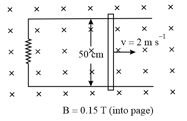Embibe Experts Solutions for Chapter: Magnetic Effect of Current and Electromagnetic Induction, Exercise 1: Exercise 1
Embibe Experts Physics Solutions for Exercise - Embibe Experts Solutions for Chapter: Magnetic Effect of Current and Electromagnetic Induction, Exercise 1: Exercise 1
Attempt the free practice questions on Chapter 16: Magnetic Effect of Current and Electromagnetic Induction, Exercise 1: Exercise 1 with hints and solutions to strengthen your understanding. Practice Book for KVPY Aptitude Test - Stream SA Physics solutions are prepared by Experienced Embibe Experts.
Questions from Embibe Experts Solutions for Chapter: Magnetic Effect of Current and Electromagnetic Induction, Exercise 1: Exercise 1 with Hints & Solutions
A vertical conducting ring of radius falls vertically with a speed in a horizontal uniform magnetic field which is perpendicular to the plane of the ring. Then
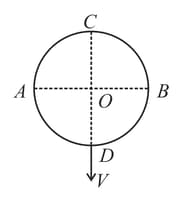
Two identical conducting rings of radius are in pure rolling over a horizontal conducting plane with the same speed (of centre of mass) but in opposite directions. A constant magnetic field is present pointing inside the plane of paper(ring). Then the potential difference between the highest points of the two rings is

An inductor and a resistor are connected in series with a direct current source of . The maximum rate at which energy is stored in the magnetic field is
In the circuit shown in figure, the switch was initially at position . After a sufficiently long time, the switch was thrown from position to position . The voltage drop across the resistor at that instant is
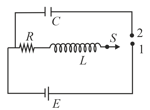
As shown in the figure, the key is closed, the direction of the induced current in the coil will be
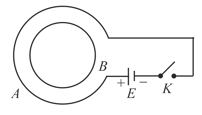
A copper ring is tied to a string and suspended vertically. On bringing a magnet towards the ring, as shown in the figure
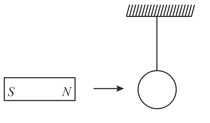
The graph between the current and the time for an inductance coil is shown below. Which of the following graphs show the voltage-time variation
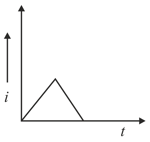
A metallic rod completes its circuit as shown in the figure. The circuit is normal to a magnetic field of . If the resistance of the rod is the force required to move the rod with a constant velocity of is
